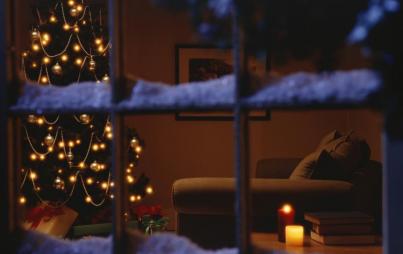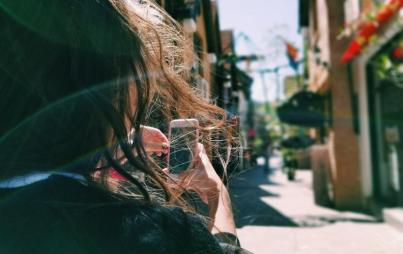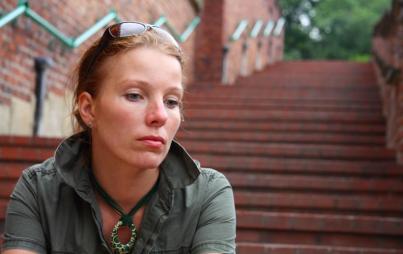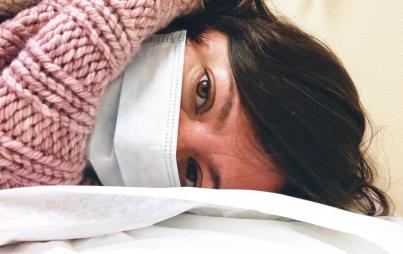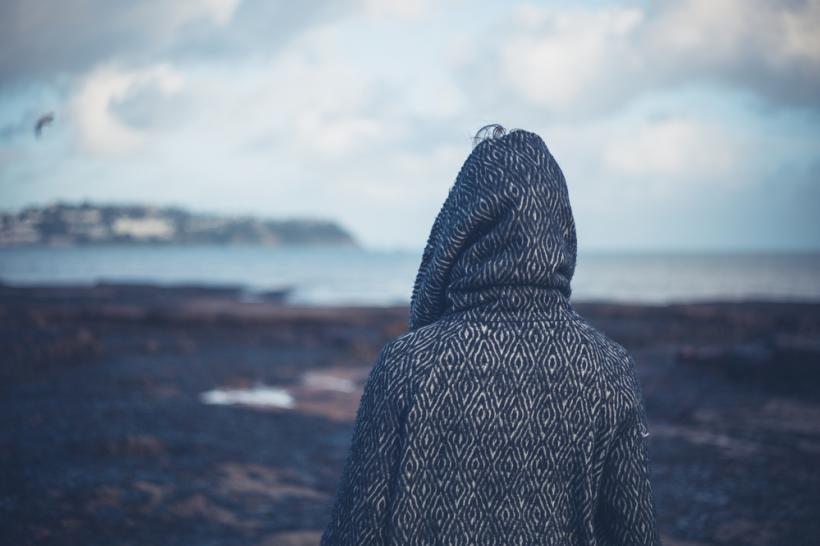
Every year, I dread fall because I know what is around the corner: Seasonal Affective Disorder.
Every year, I dread the fall because I know what is around the corner: Seasonal Affective Disorder.
But this year it's come early, coinciding with both the anniversary of my brother’s suicide and the euphoria of having attended an incredible conference with lots of like-minded women in the California sunshine.
Right now, it is taking everything I know, and all of my might, to keep my head above water as I adjust to the new season.
These past few weeks, I’ve been struggling to sleep, my mood is low, my speech is slowed, I feel like my brain is made of cotton wool, everything seems grey, and I have zero motivation to leave my apartment. All I feel like doing is watching Netflix in my pajamas while eating an enormous bowl of pasta.
Fortunately, I’m more than familiar with depression — I have a long-standing history with it. For as long as I can remember, I have tried to cope with the black dog. As a teenager, I would spend most of my time isolated in my room with no desire to go out and enjoy the world. I sought solace in carbs, sleeping my way through the weekend, or taking drugs to mask the symptoms of depression. Inevitably, my new drug habit only made matters worse. While I was lucky to find recovery from addiction, and my depression is usually under control in the spring and summer, I still suffer from Seasonal Affective Disorder.
The National Institute of Mental Health reports that SAD is more common in women and young people, those who have a family history of depression, and people who live far from the equator. Its causes are still unclear, but researchers say that sufferers share some commonalities: they have an imbalance of the neurotransmitter serotonin, their bodies don’t store enough vitamin D, or they produce too much melatonin, the hormone that regulates sleep.
You Might Also Like: Why Am I So Sad All The Time?
Over the years, I’ve tried a range of treatments that are not dissimilar to the treatment for standard depression. The only variation for SAD treatment is the use of light therapy, which is said to replace the diminished sunshine in fall and winter months. It has been a popular treatment since the 1980s and involves sitting in front of a light box — a cool, white fluorescent light 20 times greater than general indoor lighting — first thing in the morning for 20 to 30 minutes from fall until spring.
If you suffer from SAD, there are certain lifestyle changes you can make to empower you and ease the severity of your symptoms. For example, I see my doctor every few weeks and have no qualms about taking medication as required. I visit my therapist once a week. Alternative therapies such as acupuncture and massage can also help lift moods, regulate stress levels, and improve sleep. You might consider packing your diet with nutrient-rich foods such as dark leafy greens, pumpkin and other squashes, turkey, foods that contain omega-3, and lots of fruits high in vitamin C. These foods boost brain and immune health, which is exactly what we need in the winter months. Drink lots of water; studies show that dehydration can cause lowered mood, difficulty completing tasks, less ability to concentrate, and headaches. Move your body for 20-30 minutes every day — preferably outside. Vary your environment and make social arrangments, even if you would rather stay inside and not interact with other humans.
As debilitating as SAD can be, it doesn’t have to ruin half your year.
As my yin yoga teacher reminded me a few weeks ago, fall is the season of looking inward. It is an opportunity to reflect and prepare for the months ahead. The yin season is a time to rest and contemplate. When I think of the seasonal changes in those terms, I stop fighting it so much and take some much-needed downtime.



